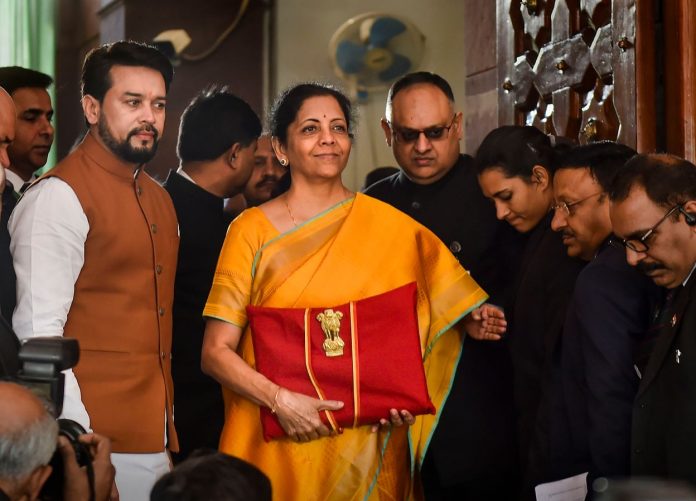Tax slab tweaks, consumption incentives likely; disinvestment may get renewed push
With less than a fortnight to go for Budget 2021-22, indications are that Finance Minister Nirmala Sitharaman and her team may cast a benign eye on the middle income group.
Health will, of course, be a major focus this Budget which may also see the rates of personal income-tax and corporate tax held stable with some tweaking in exemption mechanism. However, additional revenue measures by targeting high-income groups are likely.
Government officials feel stability in tax rates will give some comfort to the middle class. There is increasing pressure to tweak slabs by raising the minimum income bracket to even ₹3.5 lakh — or at least ₹3 lakh — per annum. Though there is no I-T on annual income of up to ₹5 lakh, raising the minimum slab with lower tax outgo for people having annual income over ₹5 lakh will leave some additional money with households.
In fact, the BJP has made a pitch for a focus on the neo middle and middle class. “The middle class needs much more support. There is a need to incentivise consumption, increase the savings limits, and address standard deductions exemption, among other things,” said Gopal Krishna Agarwal, the party’s National Spokesperson (Economic Affairs).
A senior government official said providing an additional exemption limit — say through higher tax benefit on home loans — will be helpful. “The interest rate on home loans is very low, people have some savings and real estate prices are going southwards. Housing has a multiplier effect. Construction supports hundreds of economic activities directly or indirectly. So, encouraging people to buy houses will be good for the entire economy,” he said.A home loan contains two tax components: principal and interest. At present, for a self-occupied house, one can avail a tax break on the principal amount as well as the interest repaid on the home loan. Under Section 80C of the Income Tax Act, you get a deduction for the principal repaid up to ₹1.5 lakh annually while the interest paid is deductible up to ₹2 lakh annually under Section 24 (which will go up ₹3.5 lakh under Section 80 EE/80EEA).
But there is an issue here. Since Budget 2020-21 introduced an alternative low I-T rate structure sans exemptions, any new exemption may create a hiccup. However, the official said that a one-time benefit will not distort the intent of ultimately reaching an exemption-free I-T system.
Revenue via privatisation
With tax revenues not being buoyant, Sitharaman is expected to unveil a new privatisation policy with a higher disinvestment target, according to multiple sources.
The disinvestment target is expected to be raised from FY21’s ₹2.1-lakh crore, with plans to privatise more companies. The Centre also expects to complete the sell-off of BPCL, Air India and Shipping Corporation next fiscal.
Agarwal said: “We have suggested that an approach be developed with a target for what the government needs to do with regards to disinvestment. In spite of the capital market peaking, why are PSUs not getting good valuations?”
On May 17, as a part of AtmaNirbhar Bharat, Sitharaman had talked about the need for a coherent policy where all sectors are open to the private sector while public sector enterprises (PSEs) will play an important role in defined areas. Now, a new policy listing such strategic sectors requiring the presence of PSEs may be notified. In these, at least one PSE will operate, but the private sector will also be allowed. In other sectors, PSEs will be privatised.


